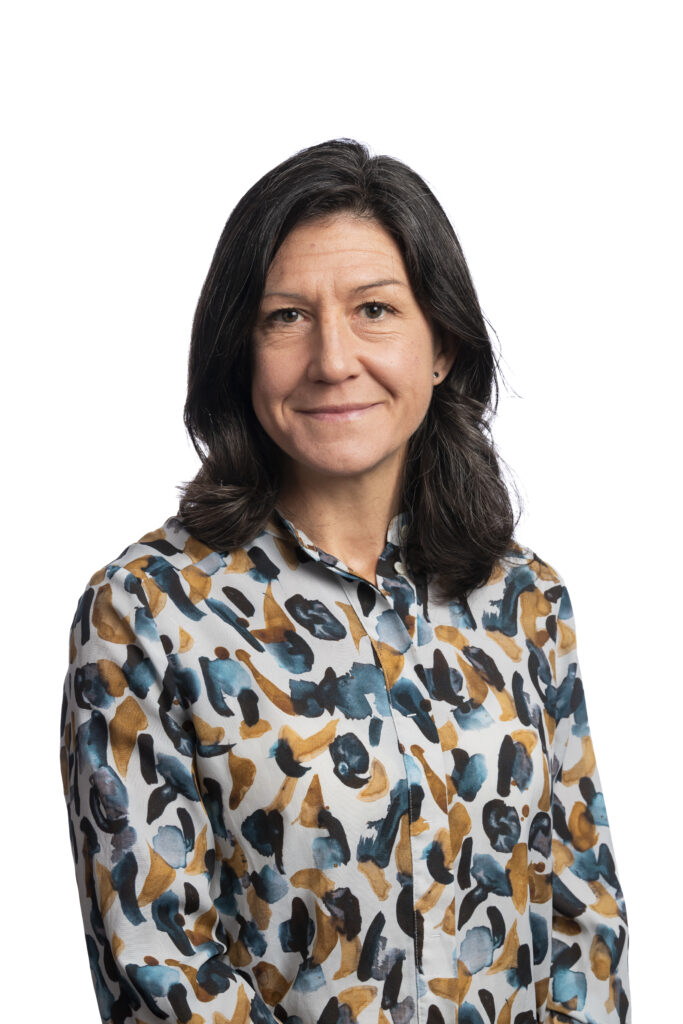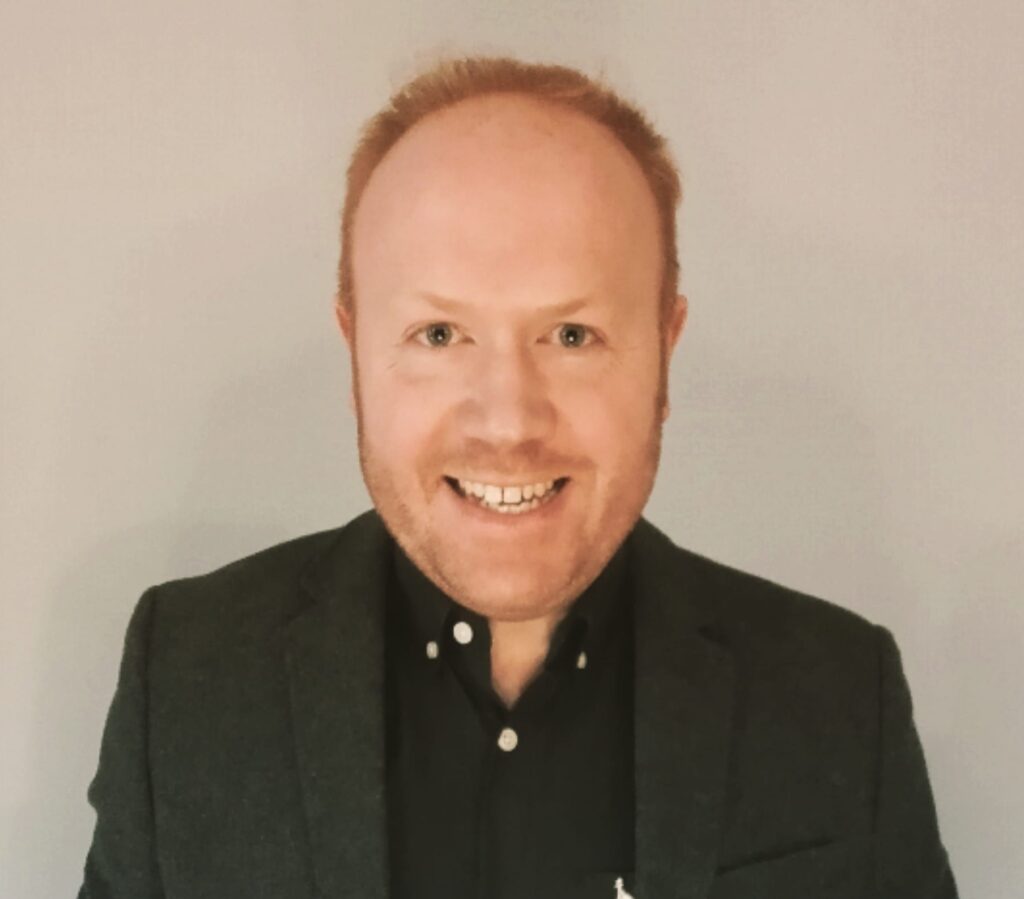Walls tell us important things about a place – they can communicate history and social norms, delineate property and ownership. They can create safety and security.
And they can shut people out.
So what happens when we build walls around research – excluding those for whom advances in health and care are most needed?
In the UK, communities affected by some of the hardest health challenges also have the lowest number of patients taking part in research [1].
And when research study participants don’t reflect the general population, findings cannot be reliably transferred to everyone – in turn deepening the divide for groups who have unequal access to health care and poorer health.
Bridging the gap
As a city, Leeds is committed to championing research excellence, interrogating the very building blocks of our infrastructure to understand where barriers are preventing people from being part of research.
And where it finds walls, Leeds is breaking them down brick by brick, building bridges instead.
In a pioneering approach, the city is linking people and organisations in new and novel ways – from a collaboration taking research out of one of Europe’s largest teaching hospital trusts and into the community, to a leading university placing senior academic researchers in diverse settings.
Beyond these four walls
Recently, Leeds Teaching Hospitals NHS Trust (LTHT) and Leeds Community Healthcare NHS Trust came together to jointly fund a groundbreaking new post for the city.
“The Operational Development Manager – Integrated Research role is one of the only positions of its kind in the UK, and it’s designed to ensure research reaches people in their communities,” explained Dr Ruth Burnett, Executive Medical Director at Leeds Community Healthcare NHS Trust (LCH) and Leeds GP Confederation.
“As a city, we recognised that excellent research was happening in collaborations between our Trusts and academia, such as the hugely productive partnership working between LTHT and the University of Leeds.
“But we knew we needed a way to get this sort of research out of the hospital, and ultimately to enable these research teams to connect with those in our communities who are underserved by research.
“This new post is that bridge.
“Trust is a vital foundation for research, and LCH’s community services have strong relationships with local people and groups who find it difficult to access healthcare in traditional ways; we have a Homeless and Health Inclusion Team (HHIT), a team supporting people from Gypsy and traveller communities, and sex workers as well as working in all the different neighbourhoods and care homes. We understand their needs, their lives and how we can engage in ways that are right for them. As a result we’re uniquely placed to connect communities with research, and design it differently right from the start.”
Emily McDougal, who took up this innovative role in February 2024, describes some of the barriers to inclusive research, and how the post aims to overcome these.
“The way that research is routinely conducted is by asking participants to come into hospital. This can mean they have to take time off work or childcare or caring responsibilities which many people can’t afford; they have to be confident enough to navigate big hospital settings, and to feel that environment isn’t going to present them with challenges in terms of their spoken language, their sexuality, their ethnicity, disability or social status.
“So in this way, research is creating its own bias in terms of how it allows people to access its front door.
“This new role is all about reducing these inequalities in how people can access research, taking a system-wide approach across the city. We want to ask people where they want to be seen for their research visits and their research care – and to say to our community: ‘we can come to you’ rather than ‘you come to us’.”
This means opening the doors for research teams to move across spaces, too.
“Traditionally what we’ve seen in research is very structured walls around people – for example, difficulty moving staff between the NHS and primary care, community or local authority settings.” Emily explains.
“Currently researchers in the four walls of the hospital can’t take this work into the community, and those undertaking research in the community can’t bring it into the hospital. This just isn’t conducive to inclusive, patient-centric research.”
To further address this challenge, Leeds is working with the West Yorkshire Integrated Care Board (ICB) to develop the city’s groundbreaking workforce portability tool for use in research delivery.
A UK-first, the Leeds Staff Portability Agreement – developed by the pioneering Leeds Health and Care Academy [2] – allows for sharing of staff across health and social care organisations, to enable the city’s skilled and experienced teams to work in different settings.
Now, partners in the city – including all three Leeds NHS Trusts, Leeds City Council, the GP Confederation, as well as multiple GP Practices and voluntary organisations – are working together to extend this tool to research activity.
Emily explains: “This will allow fluidity across the system to allow researchers to be where the patient need is. For example, if we have a vaccination study, someone may need to come into our clinical research facility because they’re receiving a novel vaccine, but for the rest of their 10 visits, they can be seen somewhere in the community or their GP practice.”
Straddling the worlds of research and practice
Leeds is further strengthening research connections between organisations and communities, by embedding researchers in various unconventional, non-academic settings. Organised by Leeds Beckett University (LBU), this is seen as a powerful move in shifting the dial on health inequalities.
“These research colleagues straddle two worlds – and become brokers between different sectors who speak very different languages,” said Professor James Woodall, School of Health at Leeds Beckett University, who is leading this approach.
“For example, policy-makers are concerned with the practical application of knowledge into services and resources for our communities, whereas researchers want to ensure decisions are rigorous, highly informed and underpinned by evidence.
“Embedded researchers act as a bridge, convening and enabling organisations to harness strengths in a joined-up way, which leads to better decision making and better practice.
“Our aim through embedded research is that every decision made in the city that concerns the health of local people is research-informed.”
A research city without walls, for all
As Leeds sets new, exemplary standards in making research everyone’s business for everyone’s benefit, it continues to be propelled by its passion, ambition and vision. Through the inclusive research excellence pioneered across its ecosystem, Leeds is forging a path as a true research city without walls, for all.
Emily says: “A research utopia would be where research is part of every interaction someone has with health and care services – giving everyone the choice to be involved in research at every touchpoint.
“That’s what we’re working towards, but it’s not going to happen overnight. As a system it’s about us being continually focused on what people – patients, participants – want, and building research with and around them. That’s what we’re doing in Leeds. And it’s through the right collaborations we’re able to break down walls and build bridges in the city to make research work for everyone.”
Click here to return to the spotlight series, in which we explore groundbreaking activities which set new, exemplary standards in making research everyone’s business for everyone’s benefit, especially for those most in need.
[1] Data from the National Institute for Health and Care Research (NIHR) https://www.england.nhs.uk/aac/what-we-do/embedding-research-in-the-nhs/#:~:text=However%2C%20NIHR%20data%20has%20revealed,indices%20of%20deprivation%20are%20highest.
[2]Leeds Health and Care Academy works on behalf of the entire Leeds health and care sector. Its partners include the Leeds NHS Trusts, Leeds City Council, the ICB in Leeds and the city’s colleges and universities, as well as third and independent sector organisations.
Header image credit: iStock.com/Philip Silverman
Sideline image 1 credit: iStock.com/vkyryl
Sideline image, Dr Ruth Burnett: Paul Adams Photography
Sideline image 3 credit: iStock.com/surti



